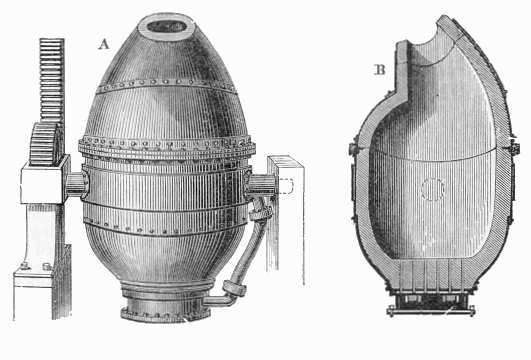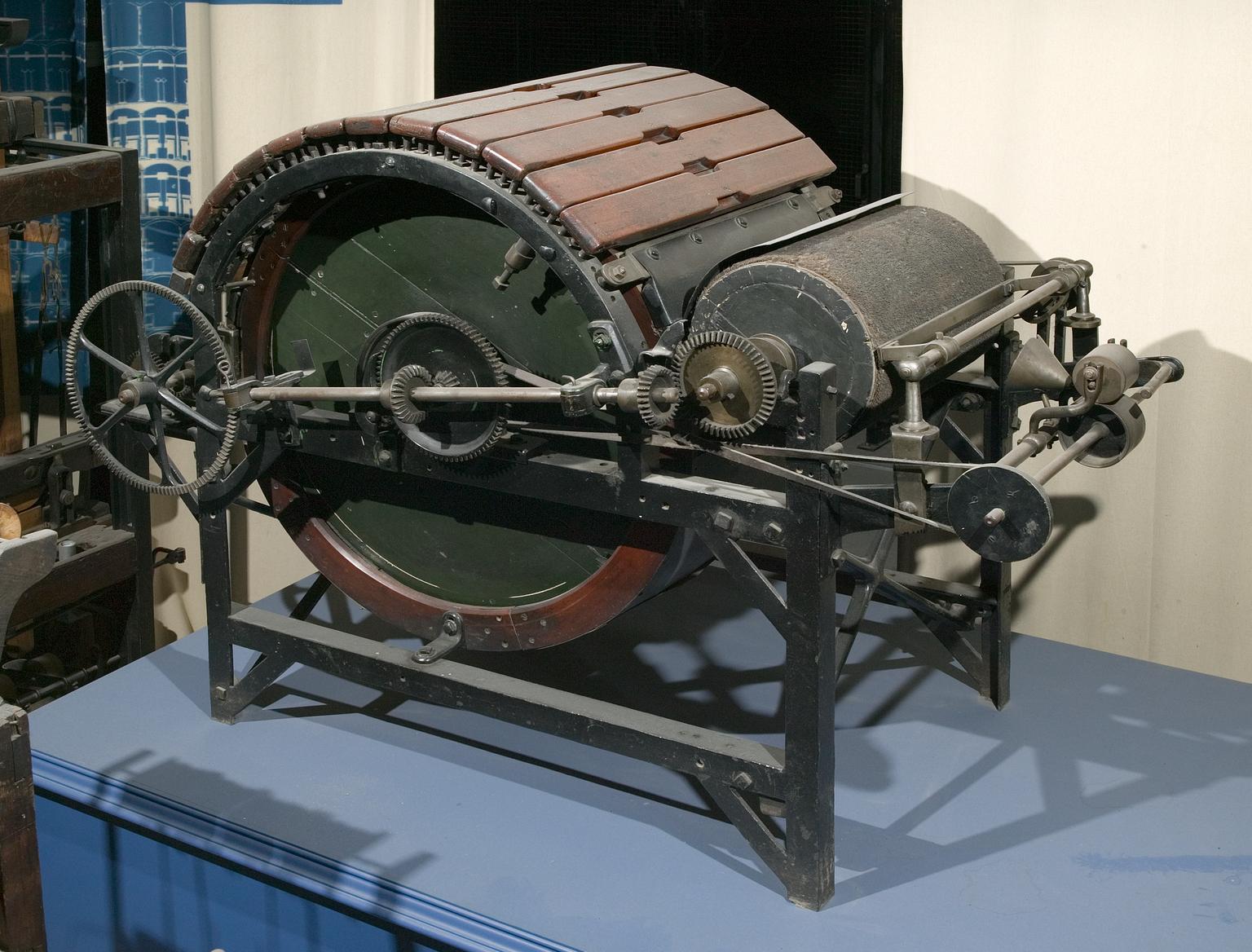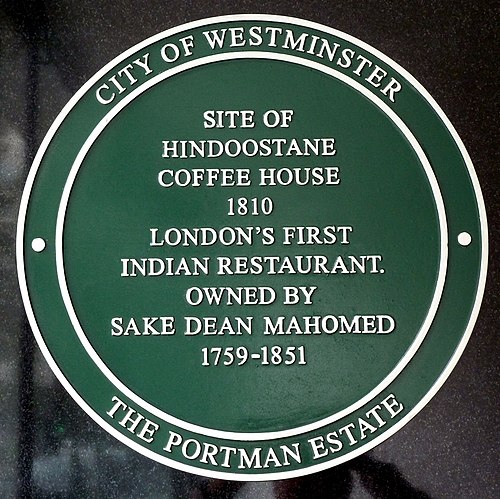The Enlightenment and Industrial Revolution
The Enlightenment, Industrial Revolution, key figures, colonisation, the rise of global trade, and the abolition of the slave trade in Britain.
The Enlightenment
In the 18th century, new ideas about politics, philosophy, and science spread across Britain. This time is known as the Enlightenment.
Many leading thinkers were Scottish.
- Adam Smith developed important ideas about economics that are still used today.
- David Hume studied human nature, influencing philosophers around the world.
- James Watt’s discovery of steam power helped start the Industrial Revolution.
A key belief of the Enlightenment was that everyone should have the freedom to choose their political and religious beliefs, without control from the state. This principle remains important in the UK today.
The Industrial Revolution
Before the 18th century, most British people worked in agriculture or small cottage industries, producing things like cloth and lace from home.
The Industrial Revolution began in the 18th and 19th centuries, marking a period of rapid change.
- Britain was the first country to industrialise on a large scale.
- Machinery and steam power transformed how goods were made.
- Work became mechanised, making production faster and more efficient.
Coal and other raw materials powered new factories, leading many people to leave the countryside for mining and manufacturing jobs.
The Bessemer process made steel production faster and cheaper. This helped the growth of shipbuilding and the railways, making manufacturing the main type of work in Britain.
Better transport links were needed. Canals were built to connect factories, towns, cities, and ports, especially in the Midlands and North of England.
Working conditions were often very poor. There were no laws to protect workers. People, including children, worked long hours in dangerous conditions and were sometimes treated harshly.

Colonisation and Trade
During this time, Britain increased its colonies overseas.
- Captain James Cook mapped the coast of Australia, and colonies were founded there.
- Britain gained Canada and, through the East India Company, controlled large parts of India.
- Colonies were also created in southern Africa.
Britain traded globally, importing:
- Sugar and tobacco from North America and the West Indies
- Textiles, tea, and spices from India and Indonesia
This global trade often caused conflicts, especially with France, which was also expanding and trading in the same regions.
Richard Arkwright (1732–1792)

Sake Dean Mahomet (1759–1851)

The Slave Trade
Britain’s economic growth was partly supported by the slave trade.
Although slavery was illegal in Britain, by the 18th century it had become a major overseas industry, dominated by Britain and its American colonies.
Slaves were taken mainly from West Africa on British ships under horrible conditions to America and the Caribbean, where they worked on tobacco and sugar plantations.
Many slaves tried to escape or revolted against their owners.
However, some Britons opposed slavery.
- The Quakers formed the first anti-slavery groups in the late 1700s, petitioning Parliament to end the trade.
- William Wilberforce, a Christian and Member of Parliament, led the movement with other abolitionists.
Their efforts changed public opinion.
In 1807, it became illegal to trade slaves in British ships or ports.
In 1833, the Emancipation Act abolished slavery throughout the British Empire.
The Royal Navy then stopped other countries’ slave ships, freeing slaves and punishing traders.
After 1833, around 2 million Indian and Chinese workers replaced freed slaves. They worked on Caribbean sugar plantations, in South African mines, on East African railways, and in the Kenyan army.
Key Points
- The Enlightenment introduced new ideas about politics, science, and freedom of belief.
- Scottish thinkers like Adam Smith, David Hume, and James Watt made major contributions.
- The Industrial Revolution transformed Britain through mechanisation and steam power.
- Poor working conditions and child labour were common.
- Britain expanded colonies in Australia, Canada, India, and Africa.
- Trade increased globally, causing rivalry with France.
- Richard Arkwright revolutionised textile production.
- Sake Dean Mahomet opened Britain’s first curry house and introduced shampooing.
- The slave trade was a major part of Britain’s overseas economy.
- Quakers and William Wilberforce led the fight to abolish slavery.
- The 1807 Slave Trade Act and 1833 Emancipation Act ended slavery in the Empire.
- 2 million Indian and Chinese workers later replaced freed slaves in various industries.